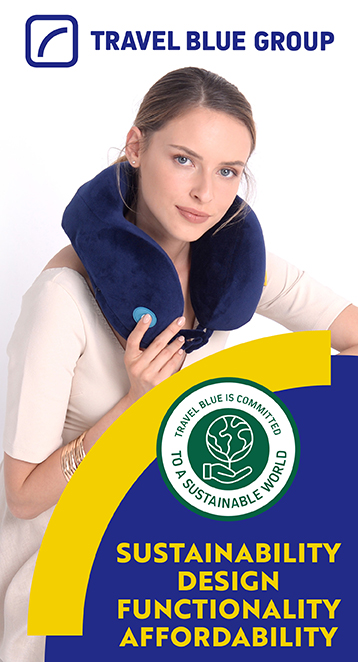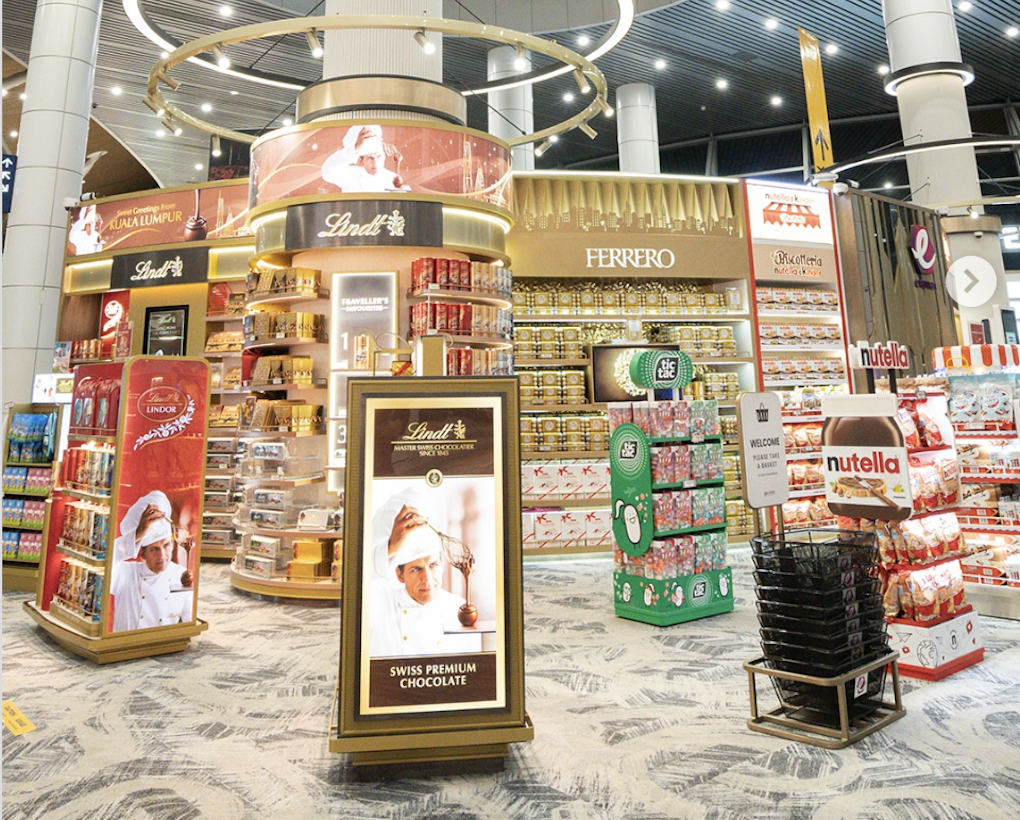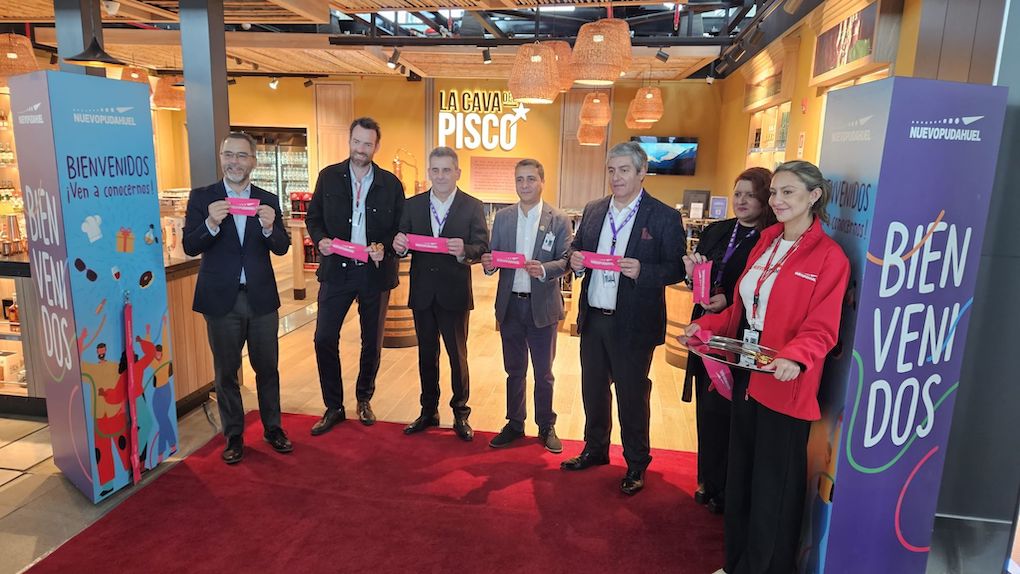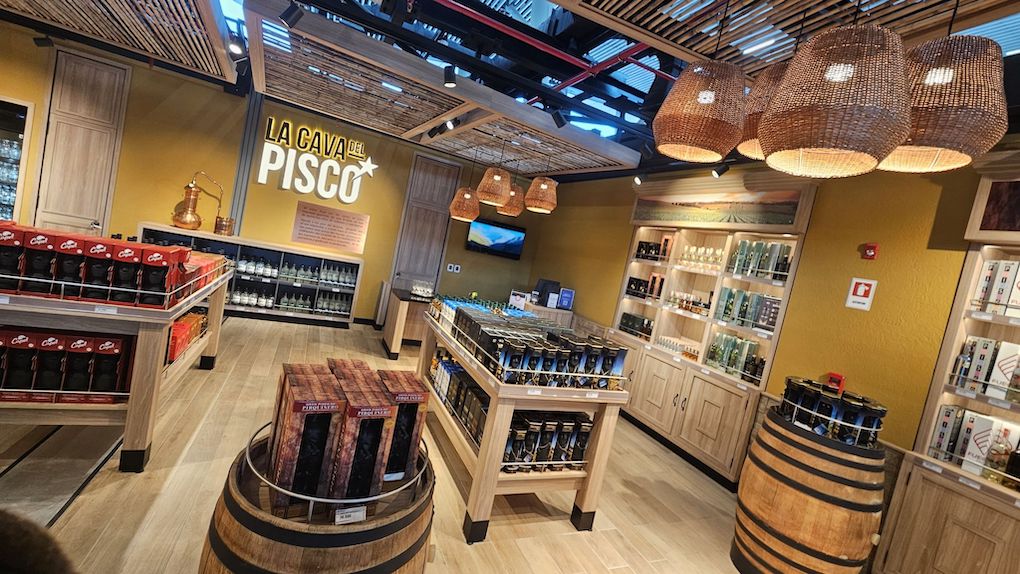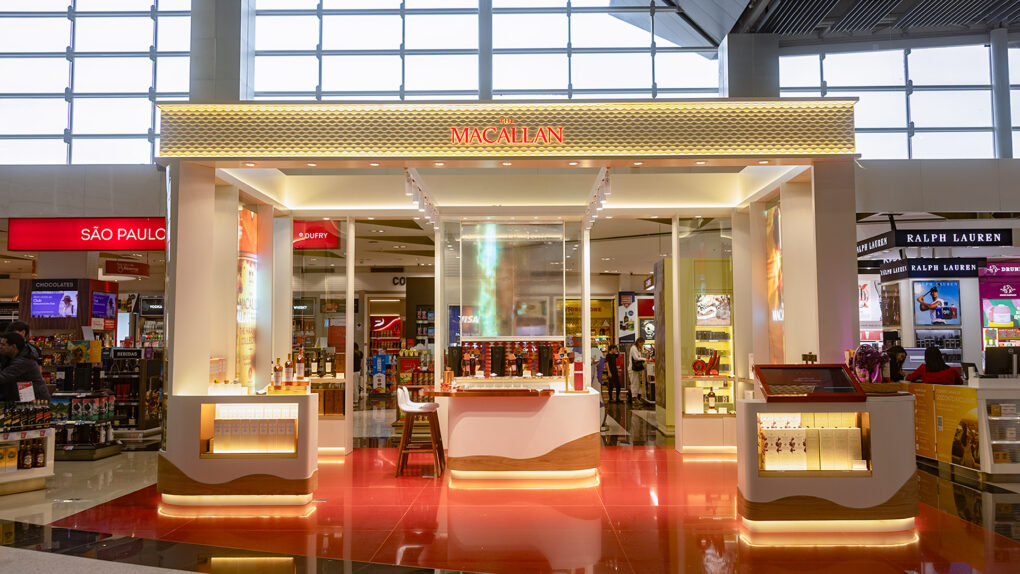URUGUAY. Airport company Puerta del Sur will launch fully automated check-in, immigration and departure gate boarding systems by next March that should aid commercial dwell times and boost non-aeronautical revenues at Montevideo Carrasco Airport. That’s according to Puerta del Sur CEO Diego Arrosa, who outlined the latest plans to create an ‘Easy Airport’ to The Moodie Davitt Report.
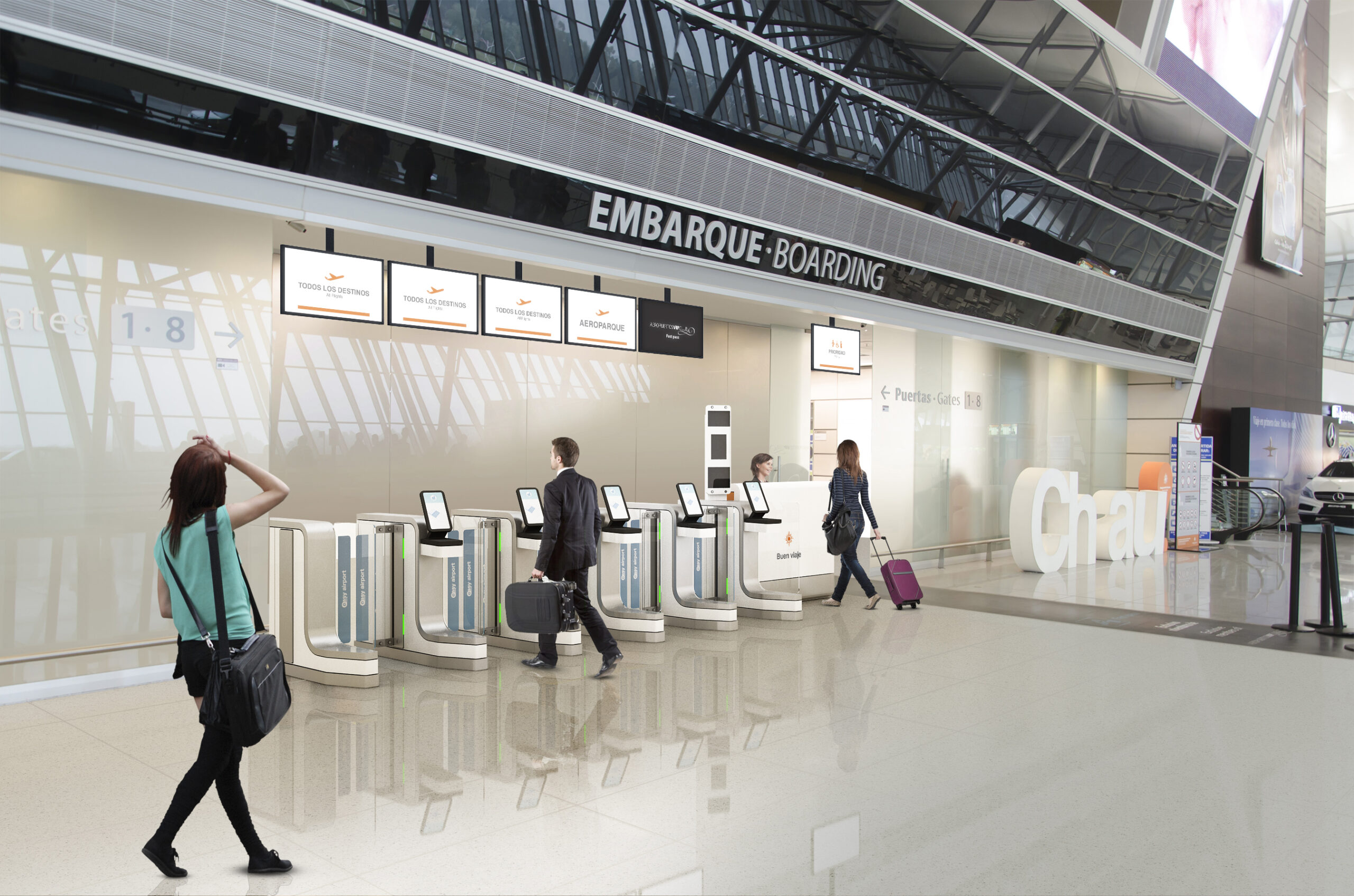
The airport company, a division of Corporación America, has a management contract at Carrasco until 2033, and is installing new biometric face recognition systems across its departures zones. These will mirror a programme already installed in arrivals. The system, developed together with the National Directorate of Migration, allows travellers with a biometric passport, to be processed using technology. In departures it will be introduced initially for Uruguayans, but other nationalities will be added later.
The goal, said Arrosa, was to ensure that the airport becomes “100% automised with biometrics”. He said lifting dwell times was a key element in driving non-aeronautical performance.
He told The Moodie Davitt Report: “We have measured that when the queue delays are more than 20 minutes, duty free revenues are -40% less than when there are no queues and there is a fluid transit (with queues less than ten minutes).”
Lower queue times are among several new metrics the company has introduced to improve the traveller experience.
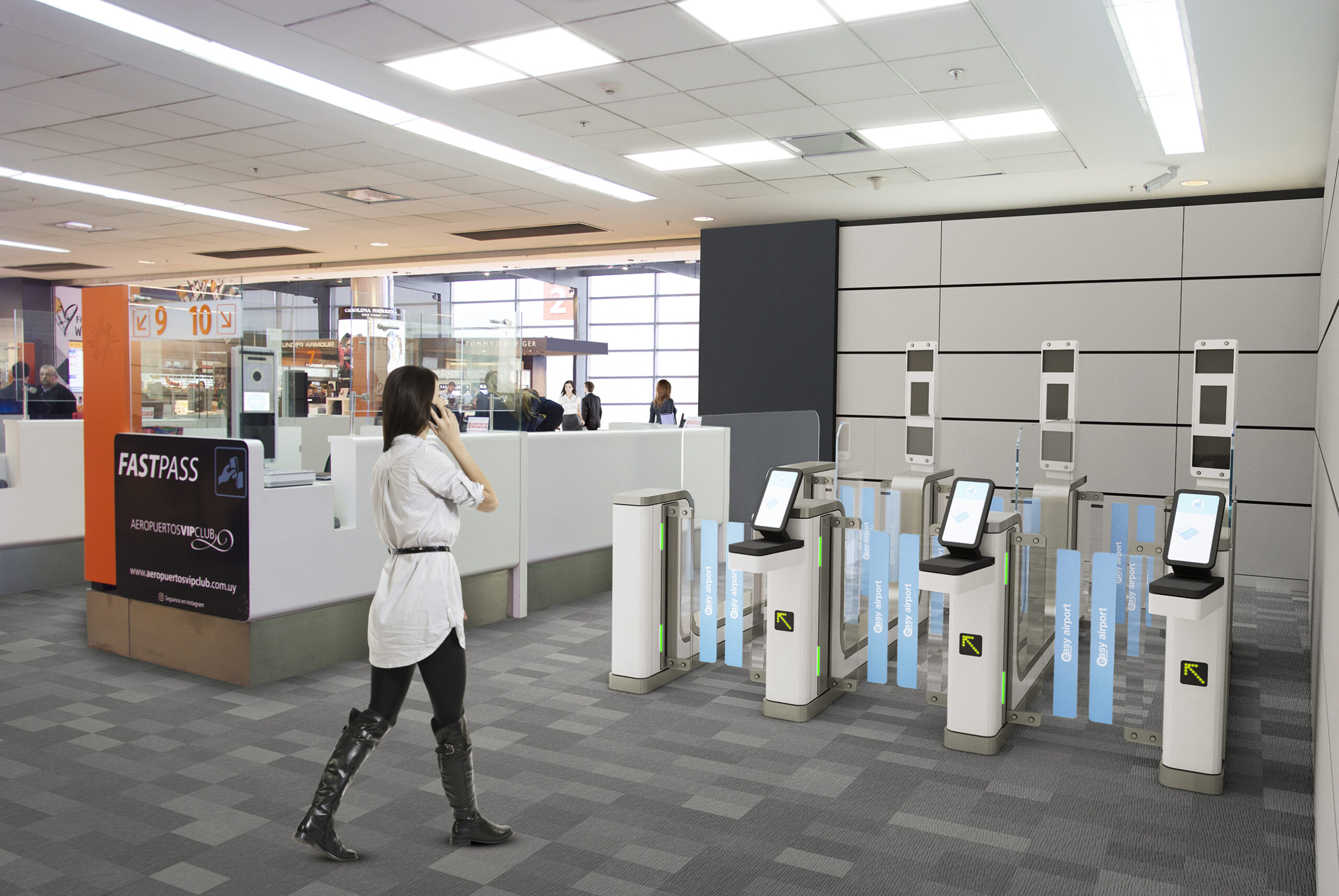
He said: “We have developed what we call ‘ELI’ (Experience Level Indicators) that show how the most important things that impact on the experience are performing.”
ELI is measured on a sale of 1 to 5, with 5 denoting an excellent experience. The metrics include:
–QLESS : Time spent in queues at immigration and security, measured with 3D cameras;
–Airport Facilities: Cleanliness of areas such as bathrooms, food & beverage zones and other facilities. These are measured using mobile tablets so passengers can offer feedback in real time;
–Access & Check-In: This metric assesses (through passenger polling) facilities on arrival pre-travel (parking facilities, price perceptions, time at check-in, ground transport);
–Airport environment: Assessing maintenance and continuing works that affect the experience.
Arrosa added: “We have identified that when the ‘ELI’ is under 3 it has a [negative] impact on non-aeronautical revenues.” An example is the longer queue times noted above.
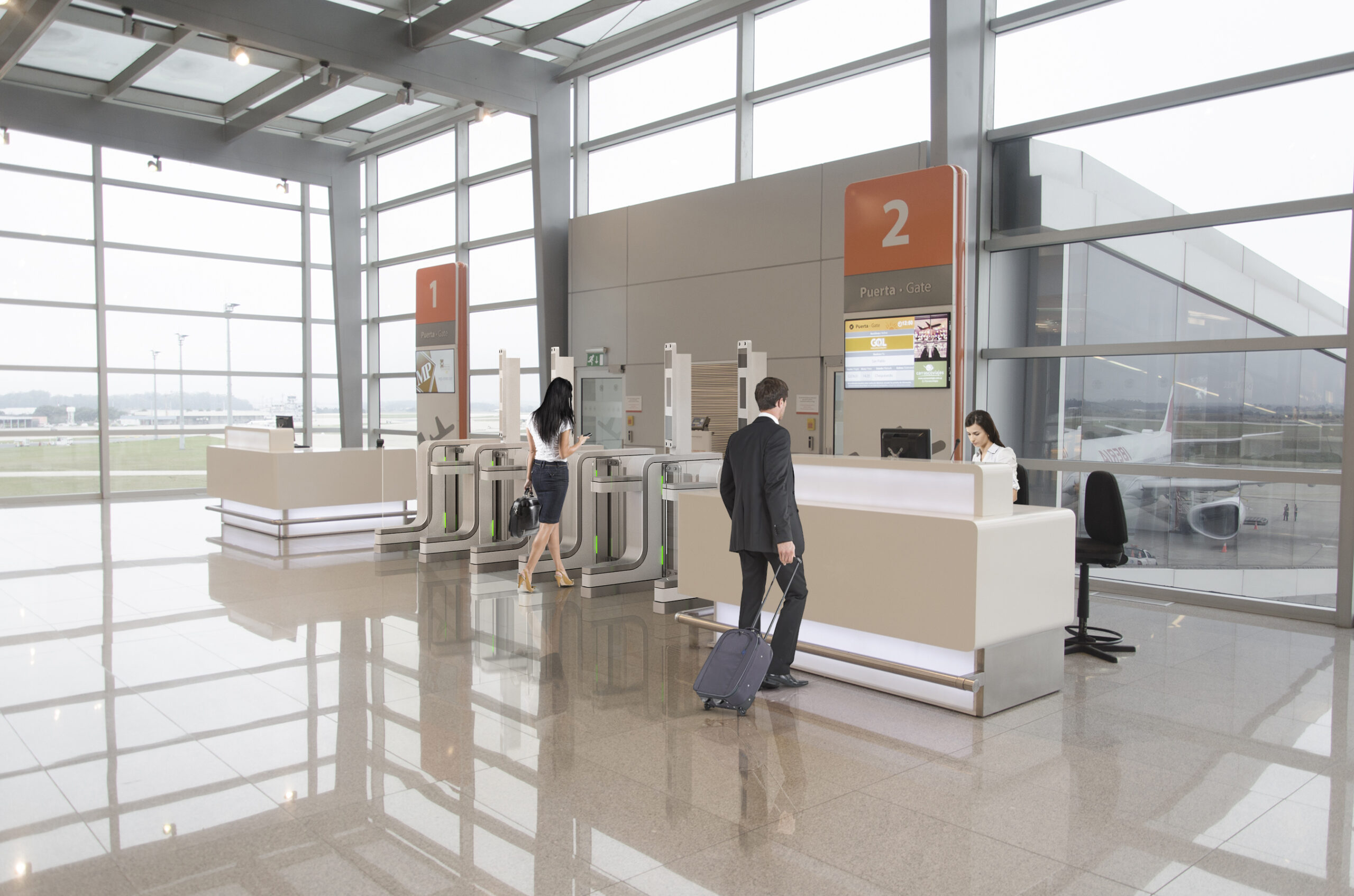
He said: “With these 100% automatised airport with biometrics we expect to have a more fluid transit [of travellers]. With these we expect to normalise ELI above 4 and with this we expect to increase our non-aeronautical revenues by +5% [of the total]. Today they are 48% of revenues.”
Montevideo Carrasco will be the first of Corporación América’s airports around the world to introduce fully biometric systems.
Arrosa first flagged up the move towards a ‘digital airport’ in our March 2017 Interactive Edition Click here to access the edition.





